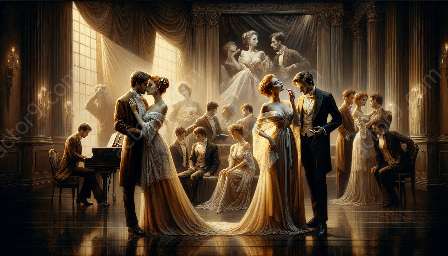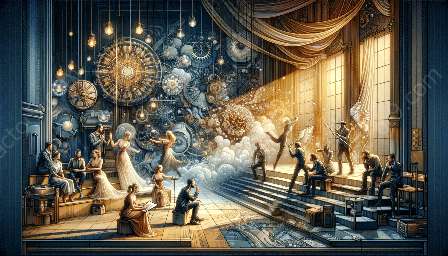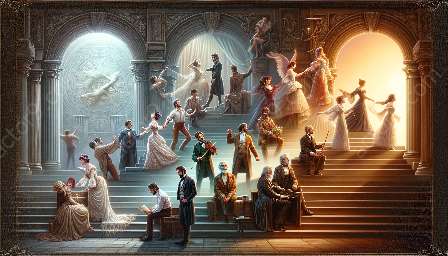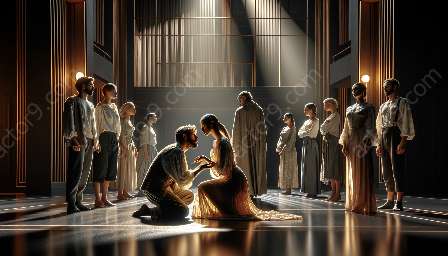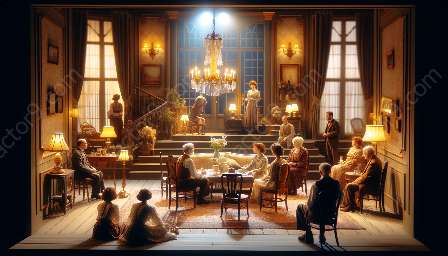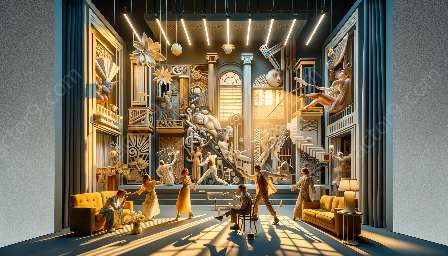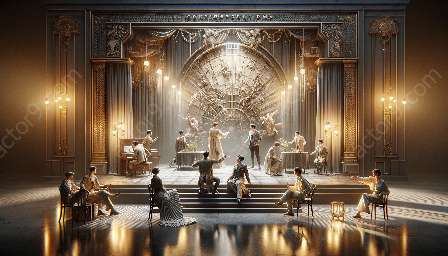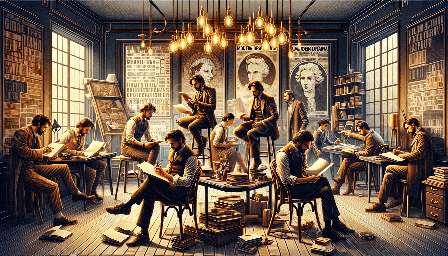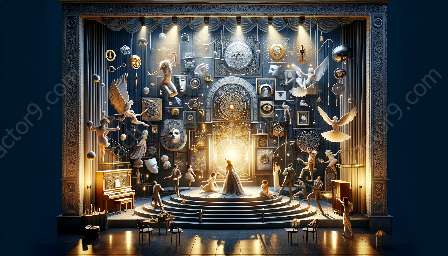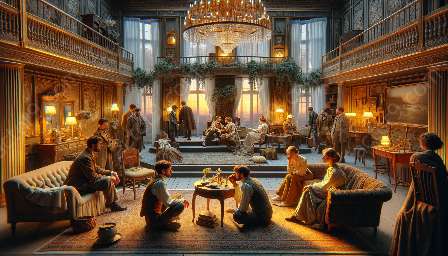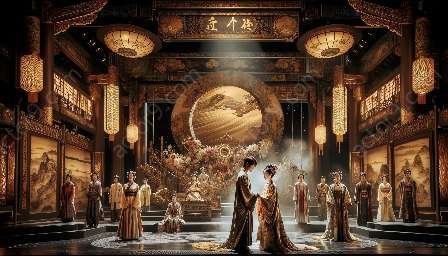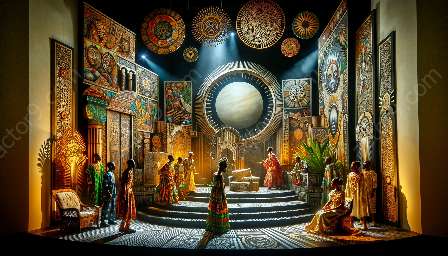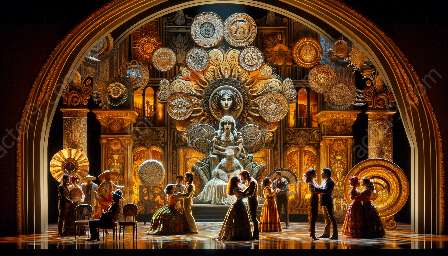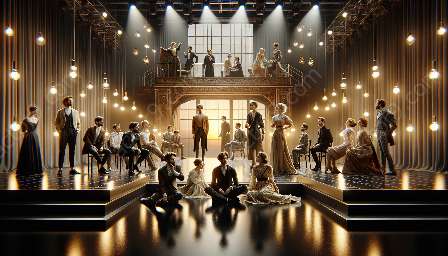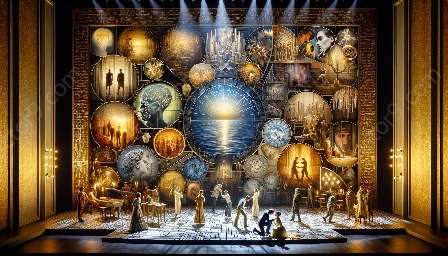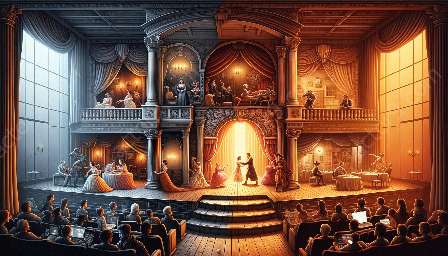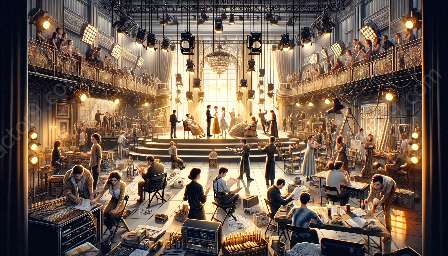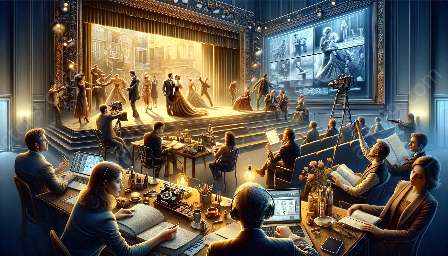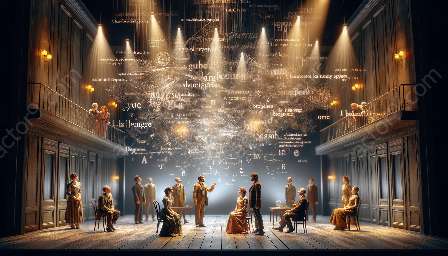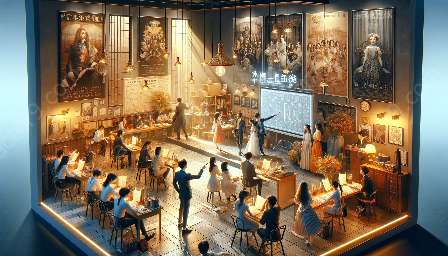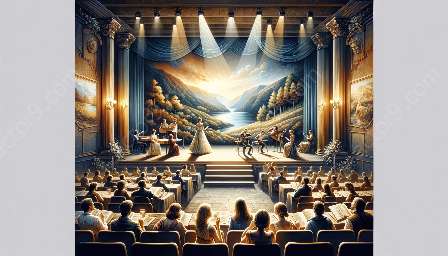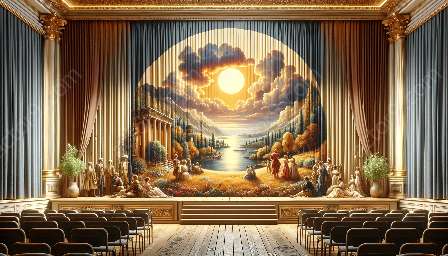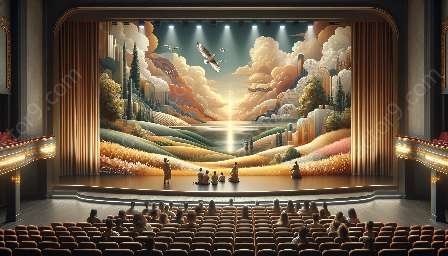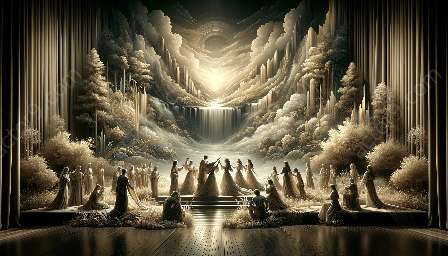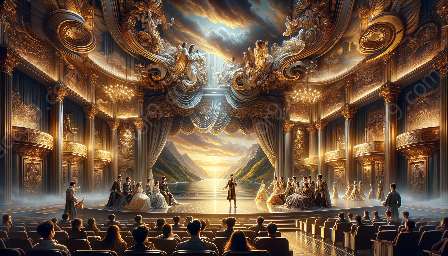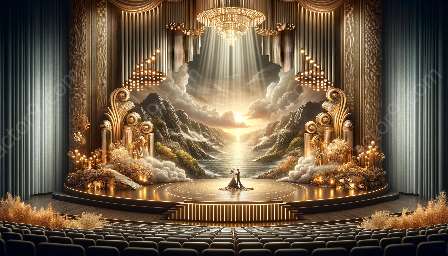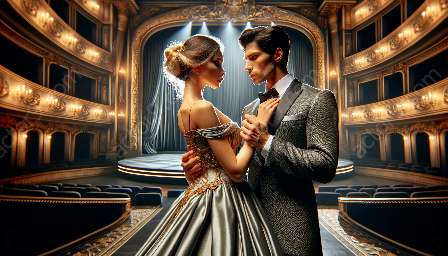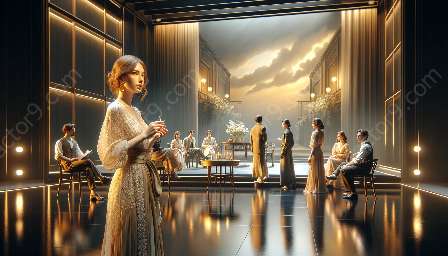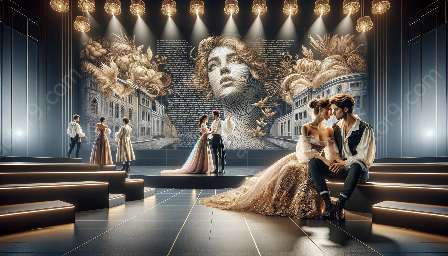Costume design in modern drama plays a pivotal role in bringing characters to life and enhancing the storytelling experience. This topic cluster explores the significance of costume design in modern drama and its impact on the analysis of modern drama.
Understanding Modern Drama
Before delving into the specifics of costume design in modern drama, it is essential to understand the nature of modern drama itself. Modern drama encompasses a diverse range of theatrical works that emerged in the late 19th and early 20th centuries, characterized by a departure from traditional forms and a focus on contemporary social issues and psychological complexities.
Significance of Costume Design
In the context of modern drama, costume design serves as a visual manifestation of the characters' personalities, struggles, and societal context. It provides insights into the historical and cultural setting of the play, allowing the audience to immerse themselves in the world depicted on stage. Additionally, costume design aids in establishing the visual aesthetics of the production, contributing to the overall atmosphere and mood.
Enhancing Character Portrayal
Costume design goes beyond mere aesthetics; it actively contributes to the portrayal of characters in modern drama. Through the careful selection of clothing, accessories, and makeup, costume designers help actors embody their roles convincingly. The process involves a deep understanding of the characters' backgrounds, motivations, and relationships, enabling the creation of visually compelling and authentic representations.
Shaping Narrative Themes
Costumes are integral to the conveyance of narrative themes and symbolism in modern drama. Symbolic use of color, texture, and style can subtly communicate subtexts and emotions, enriching the audience's interpretation of the story. By aligning costume choices with the underlying themes of a play, designers deepen the impact of the narrative and contribute to a multilayered viewing experience.
Costume Design and Analysis of Modern Drama
When analyzing modern drama, the consideration of costume design adds a new dimension to the interpretation of characters and plot dynamics. A thorough analysis involves scrutinizing the visual cues embedded in the costumes, examining their historical and cultural significance, and deciphering the designer's intentional choices. By integrating costume analysis into the broader critical discourse, scholars and enthusiasts gain a more comprehensive understanding of the dramatic work.
Innovations and Influences
The evolution of modern drama has been paralleled by innovations in costume design, as designers continuously push boundaries to reflect contemporary sensibilities. The fusion of diverse cultural influences, advancements in textile technology, and experimental approaches have redefined the visual language of modern drama, showcasing the symbiotic relationship between costume design and theatrical expression.
Conclusion
Costume design in modern drama is an indispensable element that enriches the theatrical experience and contributes to the nuanced analysis of dramatic works. Its capacity to inform character portrayal, convey narrative themes, and evolve alongside the dynamic landscape of modern drama solidifies its position as a compelling and multifaceted artistic endeavor.

